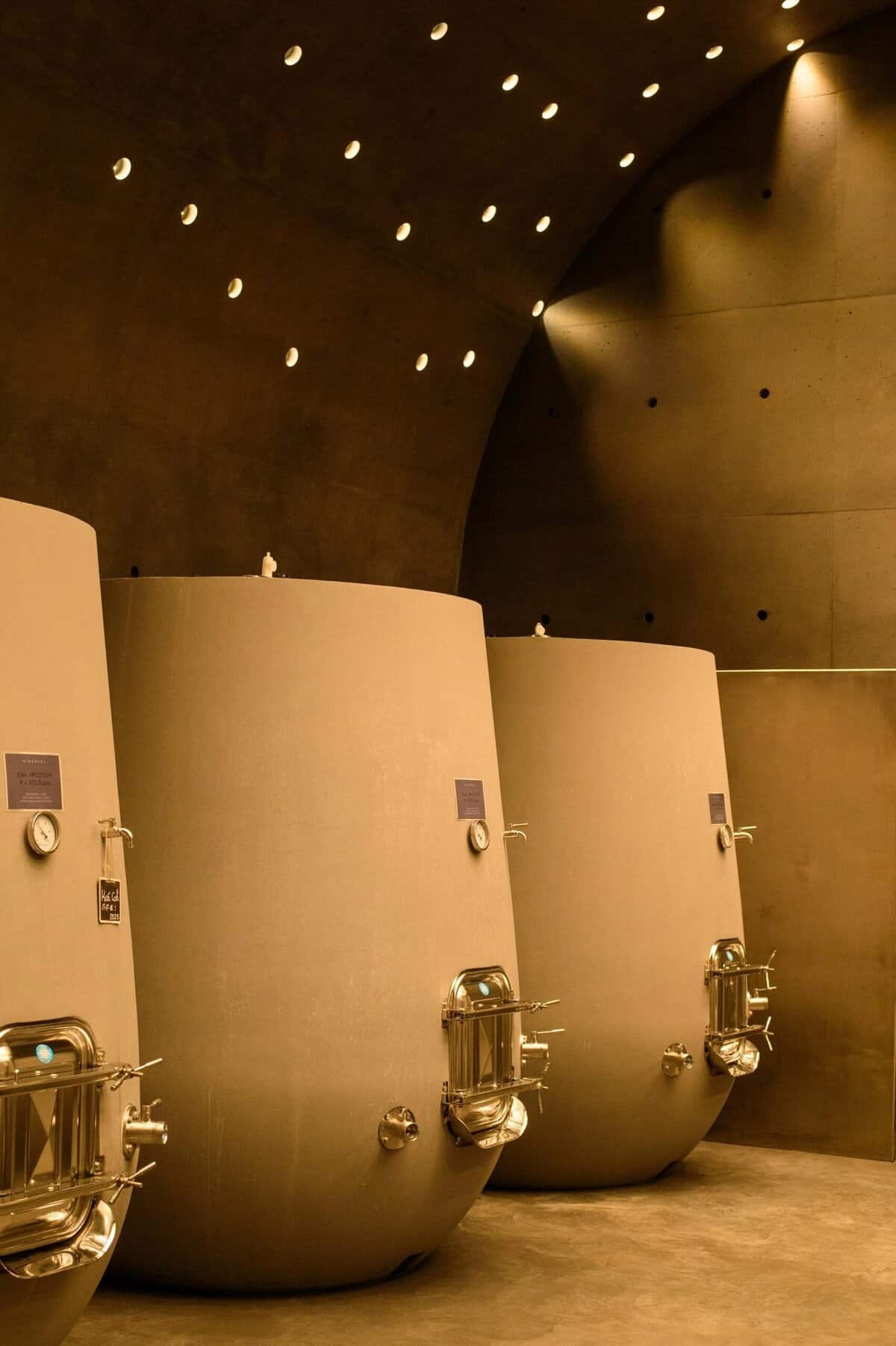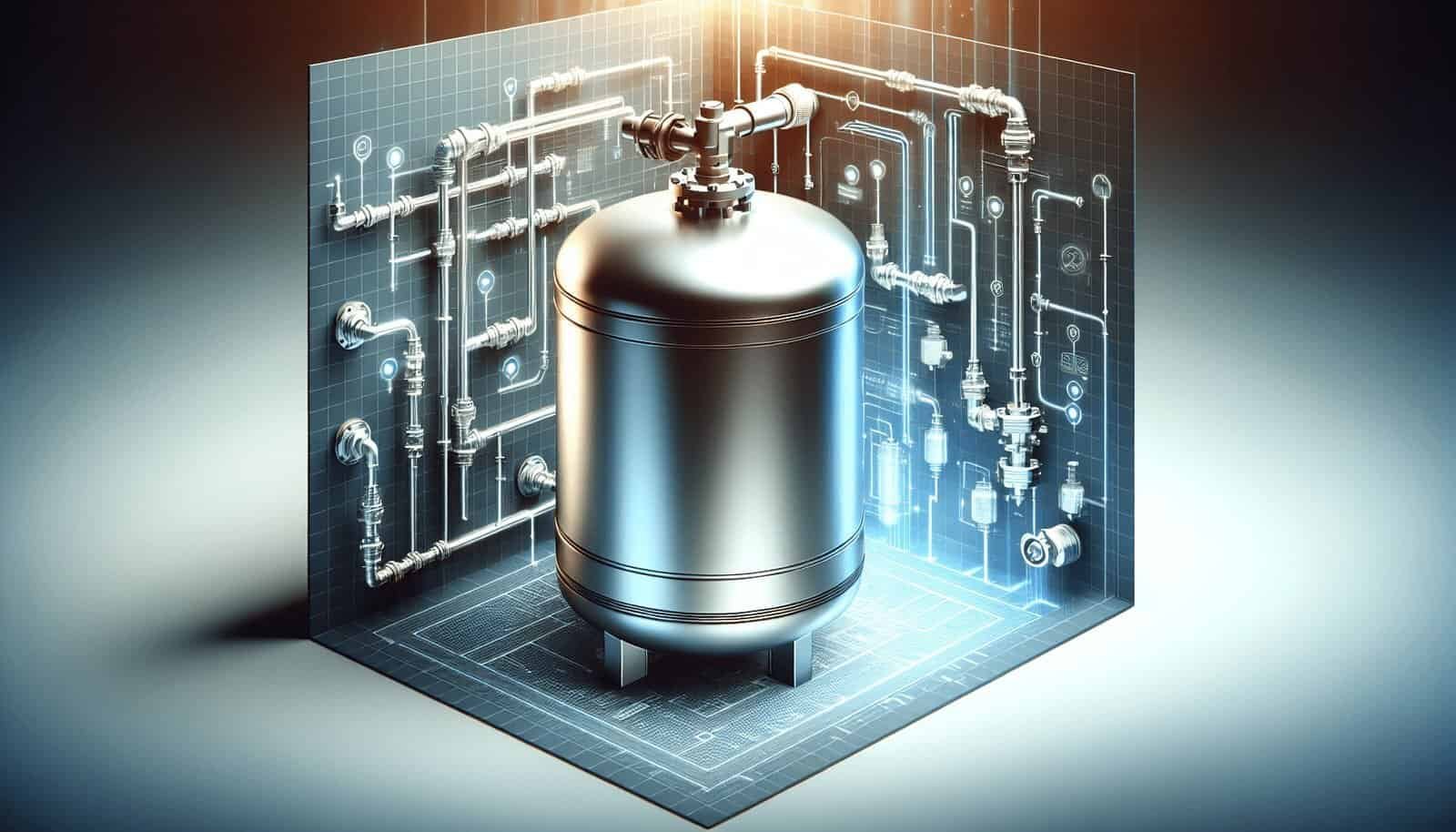Have you ever wondered what a pressure tank is and what role it plays in your home? Understanding how a pressure tank works can not only help you maintain your home’s water system but also enhance its efficiency and longevity. Whether it’s for your well system or attached to a water heater, grasping the way these components interact can demystify a crucial part of home maintenance.

Understanding Pressure Tanks
Before diving into their functionality, it’s essential to grasp what a pressure tank is. A pressure tank is a vital component in homes that use well water. Its primary role is to create water pressure, so that water can be efficiently transported through your pipes. Moreover, it helps keep your pump from overworking by maintaining water pressure and volume within your system.
What is a Pressure Tank?
In simple terms, a pressure tank acts as a reservoir that holds water pumped from the well. It ensures a constant supply of water at a given pressure whenever needed. A typical pressure tank contains two major sections: one filled with water pumped from the well and the other filled with compressed air. This setup creates pressure that pushes water throughout your plumbing system.
The Mechanics of a Pressure Tank
The mechanism inside a pressure tank is fairly straightforward. When water is needed, pressure forces it out of the tank, reducing internal pressure. Once the pressure drops to a predetermined point, the well pump is triggered to refill the tank, restoring pressure to its ideal level.
This system allows for consistent water flow and pressure, preventing the pump from cycling on and off frequently, which can lead to wear and energy waste. Additionally, a pressure tank can act as a buffer, ensuring that your water supply remains steady even if your demand momentarily exceeds the well pump’s delivery rate.
How a Pressure Tank Works
A deeper understanding of how a pressure tank operates can help you monitor it for issues and ensure it runs smoothly. By appreciating its pivotal role in water systems, you can also learn to optimize your tank’s efficiency.
The Role of Air Pressure
Air pressure is a vital part of the functionality of a pressure tank. The air in the bladder (or diaphragm in some models) works like a spring to push the water out into your home when a faucet is opened. This process removes the need to turn on the well pump each time you use water, making the system more energy-efficient.
Maintaining Optimal Pressure
For the system to function correctly, the air pressure inside the tank must be maintained at an appropriate level. If the air pressure drops too low, the tank might not have enough force to push water out, leading to pressure fluctuations. Conversely, too much pressure could damage your plumbing or the tank itself. Regular checks and maintenance can prevent these issues.
The Benefits of Using a Pressure Tank
Knowing the advantages of having a pressure tank in your water system can illustrate why it’s such a crucial component. These benefits can range from energy savings to extending the life of your water system.
Consistent Water Pressure
One of the primary benefits of installing a pressure tank is that it provides consistent water pressure throughout your home. This ensures faucets, showers, and any appliances connected to the water supply operate efficiently without any erratic pressure changes.
Energy Efficiency
Pressure tanks contribute significantly to the energy efficiency of a water system. By minimizing the number of times the pump must turn on and off, you can reduce electrical consumption and lower your energy bills. This efficiency translates into long-term savings and reduces environmental impact.
Pump Longevity
Due to the minimized cycling caused by a pressure tank, the well pump experiences less wear and tear. This prolongs the life of the pump, leading to fewer repairs or replacements over time. A well-maintained system ensures you have a reliable water supply, avoiding inconvenience and potential costly issues.
Installing and Maintaining a Pressure Tank
Once you understand how a pressure tank operates and its benefits, the next step is learning how to properly install and maintain it. Keeping your pressure tank in good condition ensures a reliable and efficient water supply.
Installing a Pressure Tank
Professional installation of a pressure tank is often recommended due to the complexities involved. However, understanding the general process can help you gauge the work required and identify any potential issues. Installation requires consideration of the tank’s size, the type of system it’s connecting to, and any specific manufacturer instructions to ensure optimal performance.
Maintenance Tips
Regular maintenance ensures your pressure tank remains efficient and prolongs its lifespan. Routine inspections for leaks, checking the air pressure, and verifying the system’s settings are crucial steps. Scheduling annual professional maintenance can also help address any underlying concerns that might not be apparent during casual inspections.

Common Issues with Pressure Tanks
While pressure tanks are reliable components of a water system, they can encounter issues over time. Being aware of these potential problems can help you troubleshoot and maintain your water system effectively.
Waterlogged Tanks
A common problem you might encounter is a waterlogged tank. This occurs when the tank’s air section becomes filled with water, often due to a malfunctioning bladder. Symptoms include erratic water pressure and the pump cycling on and off too frequently. Addressing this issue promptly can prevent damage to your pump and maintain system efficiency.
Pressure Variations
If you notice sudden fluctuations in water pressure, there might be an issue with the air charge inside your tank. Checking and adjusting the air pressure can resolve this issue. However, persistent problems might indicate a need for professional inspection and repair.
Can I Use Well Water in a Water Heater?
Now that you have a comprehensive understanding of pressure tanks, you might wonder how they interact with other components of your home water system, such as water heaters. Specifically, can well water be used in a water heater?
Compatibility with Water Heaters
Yes, well water can be used in a water heater. However, it’s crucial to ensure that the water is free from any sediments or contaminants that might damage your heating system or reduce its efficiency. Installing a filtration system can mitigate these issues and prolong your heater’s lifespan.
Proper System Configuration
Ensure your pressure tank and well system are configured correctly to maintain sufficient pressure for both cold and hot water delivery. An appropriate setup will guarantee that your water heater operates efficiently and provides adequate hot water without placing undue stress on your system.
Potential Challenges
Using well water in a heater comes with its challenges, especially if the water source has high mineral content or is prone to contaminants. Hard water can lead to scale buildup, which can affect the heater’s efficiency and lead to higher energy costs. Installing water softeners or descaling agents can tackle these issues effectively.

Enhancing Your Water System
As you have likely realized, the pressure tank is just one piece of a complex water system puzzle. Exploring ways to improve your overall system can lead to better performance and reliability.
Upgrading System Components
Consider upgrading other parts of your water system in conjunction with your pressure tank. This can include updating your filtration system or adding modern devices that improve water quality and efficiency. Keeping your entire system up to date ensures optimal performance and can offer additional savings in energy and maintenance costs.
Monitoring Technology
Incorporating technology, such as smart sensors and monitoring systems, can help you keep track of your water system’s performance in real-time. These systems can alert you to issues like pressure drops or leaks, allowing for swift action and minimizing potential problems.
Regular Professional Evaluation
Even with diligent maintenance, consulting with experienced professionals for system evaluations can identify potential areas for improvement. Their expertise can offer insights into optimizing system configurations or preemptively addressing minor issues before they become major problems.
Conclusion
A solid understanding of what a pressure tank is and what it does empowers you to make informed decisions about your home’s water system. From ensuring consistent water pressure to enhancing energy efficiency, a well-maintained pressure tank is pivotal to a reliable water supply. By being proactive in maintenance and understanding potential interactions with systems like water heaters, you can enjoy a seamless water experience in your home for years to come.

